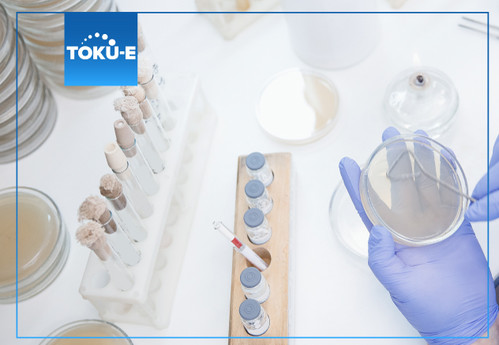What if bacteria could be made vulnerable again to antibiotics? Kind of like restoring your computer back to its factory settings? Scientists at the University of Texas found a way to inhibit a protein that causes the bacteria to be resistant to antibiotics in the first place. This protein is called DsbA, a non-essential cell envelope protein that is only found in bacteria. It helps to fold resistance proteins into the right configurations in order for them to function properly.
The proof-of-concept work was done with E. coli, K. pneumonia and P. aeruginosa in a non-vertebrate model, the wax moth Galleria mellonella larvae infected with multidrug-resistant Pseudomonas aeruginosa. The house-keeping protein DsbA promotes extra-cytoplasmic protein folding of 300 different extracytoplasmic proteins. The chemicals used in this study to inhibit DsbA cannot be used in humans but work is underway to develop clinically safe inhibitors that can be used therapeutically. The ultimate goal is to combine a DsbA inhibitor with existing antibiotics to restore the antibiotic’s natural ability to kill invading bacteria. By targeting protein folding and disulfide bond formation, it is possible to reverse antibiotic resistance and can be used for several pathogens and different resistance mechanisms. When disulfide bonds were formed due to DsbA, this effectively incapacitated diverse beta-lactamases and destabilized mobile colistin resistance enzymes.
Antimicrobial resistance (AMR) is one of the leading causes of death with 1.27 million deaths globally in 2019. This work represents one of the first reports of a strategy of simultaneously impairing multiple types of AMR by compromising the function of a single target. Sounds like a fresh take on the problem, and a great way to use existing antibiotics to tackle this global crisis.
References
Kaderabkova N et al (2022) Breaking antimicrobial resistance by disrupting extracytoplasmic protein folding. eLife 11 DOI 10.7554. Link.

